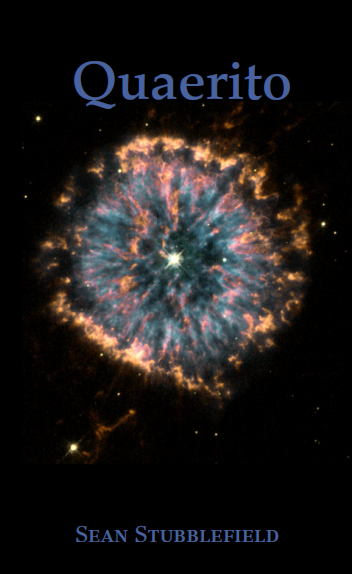TV shows and movies created in the 1990s have a different look, tone and content approach than those created in the ‘80s, and those created in the ‘70s do not look and feel the same as those from the ‘60s and ‘50s, etc.
Cinematic styles of bygone eras intrinsically and invariably reflect, and are the result of, a gestalt in/ during the time they are created.
It seems the kind of people who could produce a cinematic style are limited to and defined by the era in which the films or TV shows are made. Creator and created exist in a symbiotic temporal bubble.
Consider: could a movie like Dark Crystal ever be made today? Or even The Matrix?
Or a TV series like The Original Star Trek? Or Space 1999?
Practical special effects, as they are called-- like model work and animatronic puppetry and studio sets and matte paintings (which imbued older, pre-CGI cinema with a distinct character and authenticity)-- have regrettably been replaced (as superior
Rather than improving on or advancing visual production techniques, more often than not, CGI is actually more deficient and inferior in creating authentic attributes.
A puppet Yoda looks like a real and living creature, while a Yoda rendered by computer is clearly fake.
On a related (but separate) note, history seems routinely and too casually defined by an American standard since the 1700s.
When we talk of the 1930s, the ‘60s, the ‘80s and such, it is with reference to American culture.
As if no other country had their own ‘30s and ‘60s and ‘80s.





















No comments:
Post a Comment